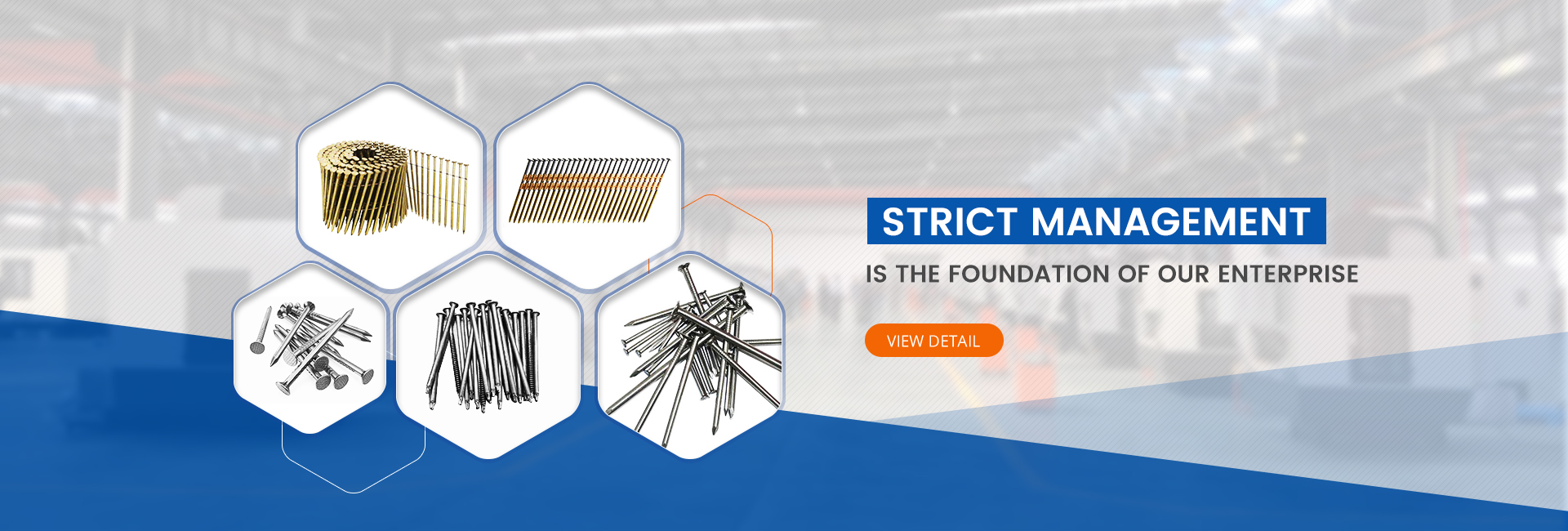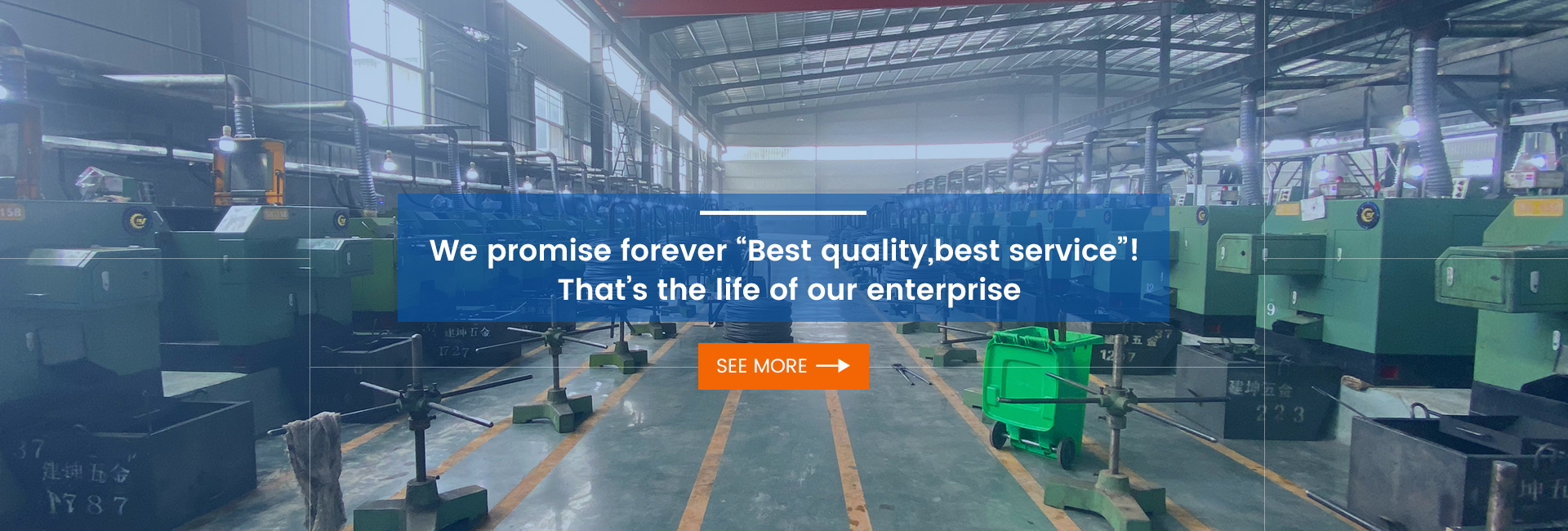In the fastener industry, the choice of material directly determines product performance and service life. Staples, widely used in construction, furniture manufacturing, and packaging, depend not only on production techniques but also on the quality of raw materials. In recent years, HPB material (High Performance Binding Steel) has gradually replaced ordinary steel, becoming the preferred choice for high-end staples. This article explores the differences between HPB material and ordinary steel in terms of performance, application, and value.
1. Difference in Material Properties
Ordinary steel wires are typically made from low-carbon steel. While inexpensive and easy to process, they often lack toughness and tensile strength, making them prone to breaking or bending under stress. In contrast, HPB material offers significantly higher tensile strength—often more than 20% stronger than ordinary steel—and superior elongation. This means HPB staples can withstand bending, impact, and repeated striking without cracking or breaking.
2. Stability in Use
In practical applications, staples must penetrate hardwood, composite boards, or other tough materials. Ordinary staples may bend or break due to insufficient toughness. HPB staples, however, maintain better straightness and penetration power, ensuring smooth fastening. Their excellent rebound property and surface hardness also make them highly compatible with automatic nailing tools, greatly reducing the risk of jamming and waste.
3. Durability and Service Life
Ordinary staples tend to lose fastening strength over time due to metal fatigue. HPB material, with its refined metallurgical structure, ensures longer service life and consistent performance even under heavy load or harsh environmental conditions. For industries where safety and durability are critical—such as construction and furniture manufacturing—HPB staples provide a significant advantage.
4. Balance Between Cost and Value
Admittedly, HPB material is more expensive than ordinary steel. However, its overall value far outweighs the cost difference. Using HPB staples reduces losses and rework caused by staple breakage or jamming during operations. Their longer lifespan also minimizes replacement frequency, improving both efficiency and cost-effectiveness. From a long-term perspective, HPB material better meets the modern demand for high-quality and reliable fastening solutions.
Conclusion
The fundamental difference between HPB and ordinary materials lies in their superior strength, toughness, and durability. As the demand for high-quality fasteners continues to grow, the use of HPB material in staple production is becoming increasingly widespread. For businesses focused on reliability and efficiency, choosing HPB staples is not only a guarantee of product quality but also a key step toward enhanced competitiveness.
Post time: Sep-30-2025



